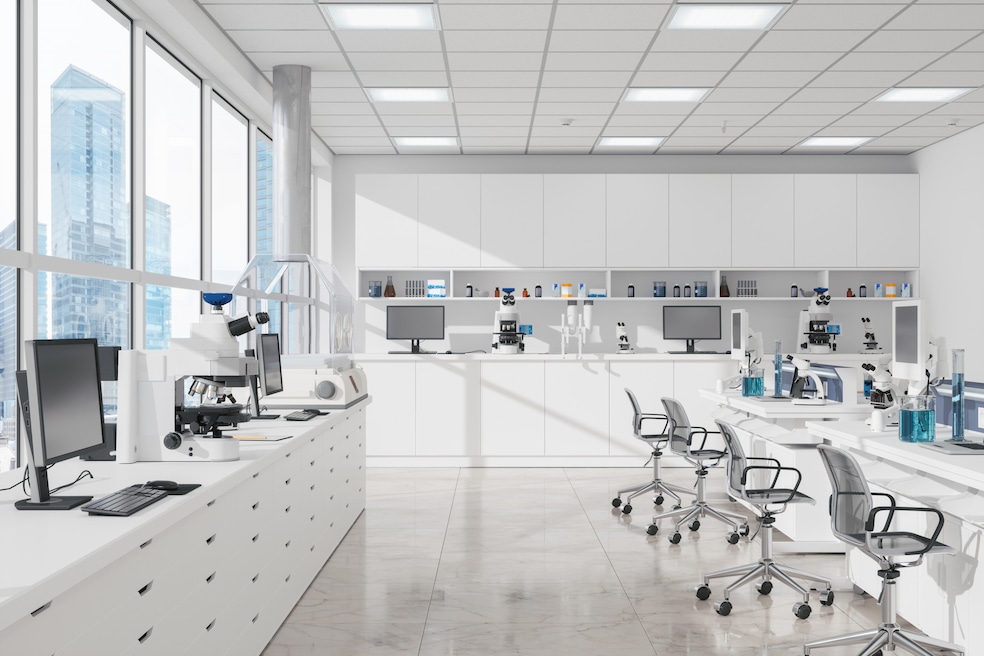The labor market is slowly cooling
The U.S. added more jobs in May than economists expected, but revisions to reports from earlier this year made the data murky.
Payrolls increased by 139,000 in May, according to data the Bureau of Labor Statistics released Friday. That's fewer jobs than in April, and below the 12-month average.
While industries like healthcare, social assistance and leisure and hospitality exhibited resilience and added jobs, other sectors had gloomier outlooks. Manufacturing, retail trade and mining jobs, for example, all saw softer job creation.
The federal government, too, continues to hemorrhage employees. After May's losses, the industry has shed nearly 60,000 jobs since January.
Friday's report also noted that the U.S. added 95,000 fewer jobs in April and March than initially reported.
At the same time, unemployment wavered slightly, rising from 4.18% to 4.24%.
Taken together, the report "was more of a caution sign than a flashing red light," economists at Wells Fargo said.
"The rise in unemployment, decline in the labor force and drop in the employment rate are broadly consistent with a labor market that is still cooling, albeit at a very gradual pace," they said. "The industry composition of job growth illustrates increasing fragility."
The report likely means the Federal Reserve won't lower interest rates until September, according to Lisa Sturtevant, chief economist at Bright MLS.
"My bet right now? Fed rate cut in September, lower mortgage rates heading into that meeting, which unleashes pent-up housing demand in the latter part of 2025 in many — though not all — housing markets," she said in a LinkedIn post.
Battery maker stops construction at South Carolina plant
Thousands of job openings in South Carolina are frozen after a Japanese company ordered a pause on factory construction.
Automotive Energy Supply Corp. and South Carolina Governor Henry McMaster announced the pause at the $1.6 billion plant in Florence on Thursday.
“AESC has informed the state of South Carolina and our local partners that due to policy and market uncertainty, we are pausing construction at our South Carolina facility at this time," AESC spokesperson Brad Grantham said, noting that the company has already invested more than $1 billion into the facility.
"We anticipate being able to resume construction once circumstances stabilize. AESC fully intends to meet our commitments to invest $1.6 billion and create 1,600 jobs in the coming years," he added.
McMaster told reporters Thursday that "a pause is OK."
"There is a lot of uncertainty," he said. "We just are urging caution. Let things play out. There's all of these changes taking place."
"We've seen this before, and our state is just booming," he added.
The factory is slated to make battery cells for a BMW plant in Spartanburg, South Carolina.
People are working longer, offsetting damage from aging population
New research from investment banking firm Goldman Sachs found that the aging population might not actually be a bad thing for the world's economy.
Since 2000, life expectancy has increased while the share of the population that is considered working age — between 15 and 64 — has been falling, creating concerns among economists.
But the new research shows that another trend is prevailing: extended working lives. It's suggestive of "an adaptive response to increased longevity," said Kevin Daly, co-head of Central & Eastern Europe, the Middle East, and Africa economics at Goldman Sachs Research.
In other words, fears that GDP per person will dwindle as the population ages might be unfounded as the average working life span has increased, bolstering the economy.
That shift has been driven in part by a move away from manufacturing jobs and greater female participation in the labor force after childbirth, researchers said.


